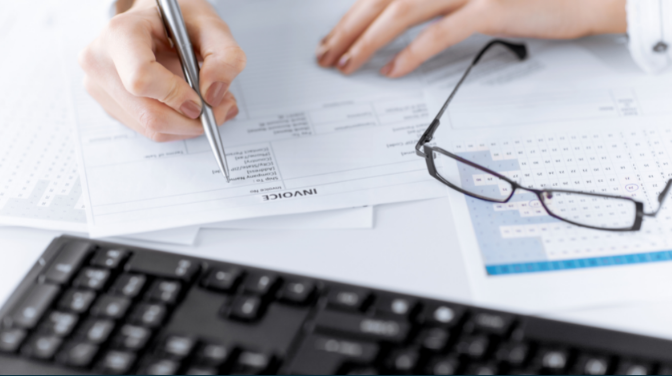Why does it seem that the end of financial year (EOFY) creeps up upon us every year? We could blame the short winter days, hurtling by at the speed of light, but in reality, we all know it’s coming, it happens every year. So why does it seem to be a last-minute rush to make payments and chase outstanding invoices?
With some simple planning, invoicing and following up payments does not have to be a long and drawn out ordeal. It just requires the implementation of some basic business practices which can be used every year, saving your business time, stress and money.
Pay your creditors
Nobody likes chasing clients for payments and unpaid invoices, so why would you want to be that client? Make sure all your payments are finalised before the EOFY. If you pay all of your overdue invoices before the new financial year, it’s possible to reduce income tax and improve your company’s cash flow.
If feasible, try to pay any invoices which aren’t due until after the 1st of July, in the next financial year. If your business uses the cash accounting method, it’s possible to bring tax deductions forward by a year if you pay your bills sooner.
If your business submits Business Activity Statements (BAS) on a cash basis, paying your bills early can potentially improve your cash flow, as well as getting back any GST paid earlier, than if you pay the bill in the new quarter.
Chasing outstanding invoices
In the same vein as paying your bills, it’s time to chase debtors for any payments you’re waiting on before the 30th of June. Ensuring your accounts receivables are reconciled, means your cash flow improves as payments arrive.
To speed up the process, it’s best to invoice as soon as possible. The sooner you invoice, the higher the likelihood of being paid before EOFY.
With MYOB it’s easy to run a report to see how many outstanding invoices your business has, as well as totalling the amount of money waiting to be paid.
Produce clear and simple invoices
Use an invoicing template that has clear, easy to find terms, amounts, and due date, as well as offering numerous payment choices. By making the payment process as clear as possible, clients spend less time searching for information.
Set up automated reminders
With accounting software such as those offered by MYOB, payment reminders can be automated. In addition, with digital payment options, clients can set up automated, faster payments. Furthermore, MYOB enables automatic confirmation when clients receive your invoices, which includes knowing when invoices are opened and if links have been clicked.
Offer multiple payment options
By offering your clients multiple, secure payment options, makes the payment process as simple as possible, and clients will be less likely to forget an invoice payment. Proposing payments by direct debit, BPAY or having the ability to pay with the full gamut of credit cards available, limits the need for numerous reminders or late payments.
Due dates
Make sure your payment due dates are clear and easy to find on your invoices. Depending on your industry, instead of offering a 30 day payment deadline, it’s entirely feasible to change to 14 or seven days. However, this change would need to be discussed with your existing clients, if you do decide to reduce your payment terms. Another option to promote early payments could be to offer incentives for clients who pay before the due date.
Getting your invoices and payments in order for EOFY does not have to be a stressful or drawn out process. By setting up a few simple procedures will help your business at the end of this financial year, as well as setting up good practices for the future. If you require more information on EOFY planning, don’t hesitate to contact one of our consultants.
Disclaimer:
This information is general in nature and not to be considered as tax advice. For advice on your individual business situation, Acacia recommends contacting a specialist tax advisor.

